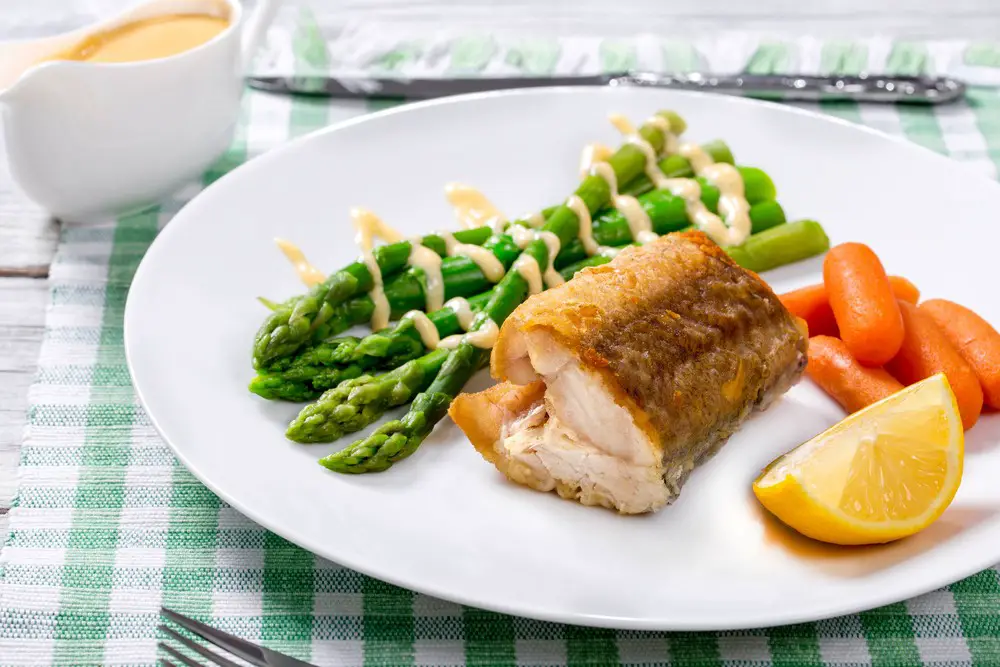Every parent wants a healthy baby who will eventually grow into a healthy adult. However, doing that can be pretty hard. As children grow up, they develop a taste for everything they shouldn’t eat: sweets, junk food, cakes, and chocolates, and it is next to impossible to get them to adopt a healthy lifestyle. However, new research provides an answer. Experts suggest that by starting a baby on a low-protein, Nordic diet, parents can ingrain healthy eating habits in their children.
What is a Nordic Diet?
A Nordic diet is based on foods commonly eaten by Nordic people. The Nordic countries are found in Northern Europe and the North Atlantic and include Denmark, Finland, Iceland, Norway, and Sweden; as well as the autonomous territories of the Faroe Islands and Greenland; and the autonomous region of Åland.
Research has found that the Nordic diet can lead to weight loss and improve overall health.
The Nordic diet is based on sustainable, locally sourced foods. It shares many similarities with the Mediterranean diet. A significant difference is that whereas a Mediterranean diet calls for olive oil, a Nordic diet calls for canola oil.
What Does the Research Say?
The research shows that by starting your baby on a Nordic diet, with a focus on plant-based foods, your baby is likely to develop healthy eating habits. This was revealed during the 54th Annual Meeting of the European Society of Paediatric Gastroenterology, Hepatology and Nutrition (ESPGHAN).
This suggests that if you start feeding your baby tasty Nordic treats such as berries, vegetables, and roots, along with their breast milk or formula, from around four to six months of age, they will eat 42-45% more fruits and vegetables than children on a traditional diet when they get to the age of between 12 and 18 months. That should earn any baby a brand new treat at a baby store. Interestingly, babies on a traditional diet reduced their consumption of fruits and vegetables by 36% when they got to age of between 12 and 18 months.
Parents are encouraged to try a range of Nordic baby recipes and lower-protein baby foods. In the study, babies on a Nordic diet consumed 17% to 29% less protein than those on a traditional diet. Instead, the babies enjoyed a higher amount of carbohydrates from vegetables. The babies also had more healthy fats from rapeseed oil.
A lower protein intake does not seem to have adverse outcomes for the babies.
Conclusion
Ultimately, a Nordic diet with reduced protein resulted in a larger intake of fruits, vegetables, berries, and roots. Babies were able to maintain this diet for the following 12 months.
Babies did not experience adverse side effects from the diet, so breastfeeding, iron content, and growth were not negatively impacted.
The Nordic diet is a great way to make strides toward putting your child on a sustainable, healthy diet. This is very important in habit-forming.
So parents should try to put their children on more locally sourced fruits, vegetables, berries, herbs, tubers, mushrooms, legumes, whole grains, fish and eggs, and vegetable fats and oils. Finally, parents should try to reduce how much sweets and desserts, as well as dairy, and meat, their children consume.

